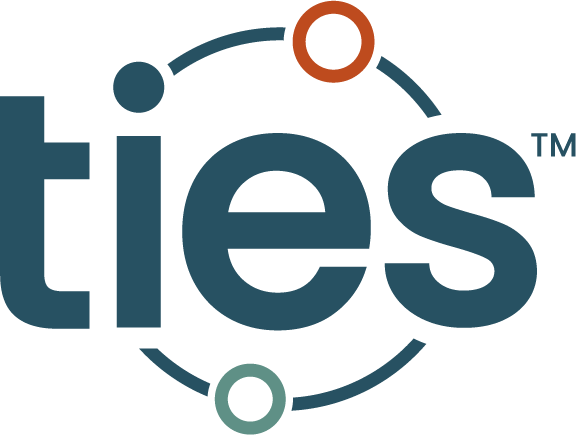
NORTH RIDGEVILLE – Melissa Durkin, principal of Ranger High Tech Academy and the STEM coordinator for the North Ridgeville high school, recognizes that education is plagued with inertia.
“A lot of people don’t think it’s possible to change education,” Durkin said. “I am proof that it is possible.”
Durkin’s path from traditional classroom teacher to her current perch as a leader and driver of innovation was paved with questions, persistence, and true stamina.
Ranger High Tech Academy, part of the North Ridgeville City School District, serves students in the district in grades two through eight. The dark brick building formerly housed an elementary school and still has bulletin boards and drop ceilings with fluorescent lights. But that’s where its similarities to a traditional school begin – and – end.
Walk into the front door of Ranger High Tech Academy on any given day and you will see students working together and sitting in hallways, students outside around the building and students working throughout the community. Students are engaged in determining the best soil for a local nursery. They are writing letters to migrant workers who have come to their community. They are making predictions about weather patterns and checking up on the work of regional meteorologists.
“You’re going to see groups working in different locations around the building. They are taking ownership of getting the materials and putting the materials away or to holding different roles around the school,” Durkin said. “That leadership and that ownership is something that you don’t always see in all schools. A lot of times it’s adult-led. And really a focus here is that collaboration between different grade levels, between companies, organizations, between the learners, between the coaches.”
Ranger High Tech Academy, a STEM-designated school by the Ohio STEM Learning Network, launched in 2017, with guidance from key organizations, including the HUB, TIES and others who helped North Ridgeville leaders realize what is possible with a true STEM school.
The impetus for Ranger High Tech Academy started before Durkin joined the North Ridgeville School District. She said the vision, like many good ideas, was born with a few teachers sitting around and sharing their frustrations and brainstorming possible solutions.
“A couple of teachers were sitting around and we couldn’t figure out how to help the kids because they were not invested. They didn’t care about what we were doing. We were following the curriculum, but they weren’t making the gains,” Durkin said.
One of the teachers in the group had a daughter who had just started at one of the original Ohio STEM schools, the National Inventors Hall of Fame in Akron.
Durkin remembers that the teacher said, “‘Well, if they can do that in a middle school, why can’t we do that in an elementary school?’”
Today, Durkin said there is no question that STEM has transformed learning for the students – in countless ways.
“There’s just such a big difference in the kids, what they can achieve, their academic progress, and their desire to be at school. They’re proud of the authentic products they create and want to show off their learning,” she said.
Durkin is one of several STEM school principals in the state that are working with the OSL.
She acknowledges the steep learning curve: “It is challenging for some teachers, if they’ve already been in a traditional setting to reframe their thinking.”
She said one of the biggest challenges for teachers is “letting go.”
“I found that there are some teachers that don’t thrive in this environment. If they feel like they need to have control of everything that’s going on at all times and aren’t willing to learn along with the learners,” she said.
Teachers who teach in STEM schools where problem-based learning forms the foundation must be willing to understand that they won’t have all of the answers to the questions that their students will ask. “Kids come with all sorts of great questions. That’s what we want and there’s no way for us to be content experts in all of these areas. That’s why we work with the community partners. That’s why we do the research and that’s why the learning never ends.”
